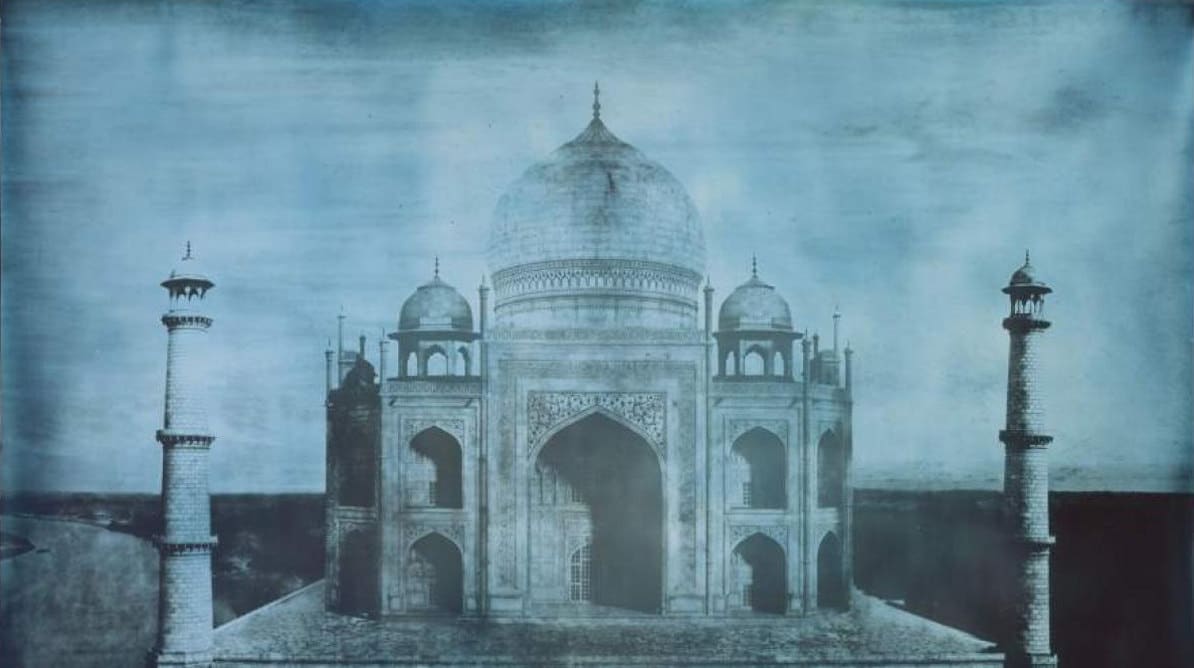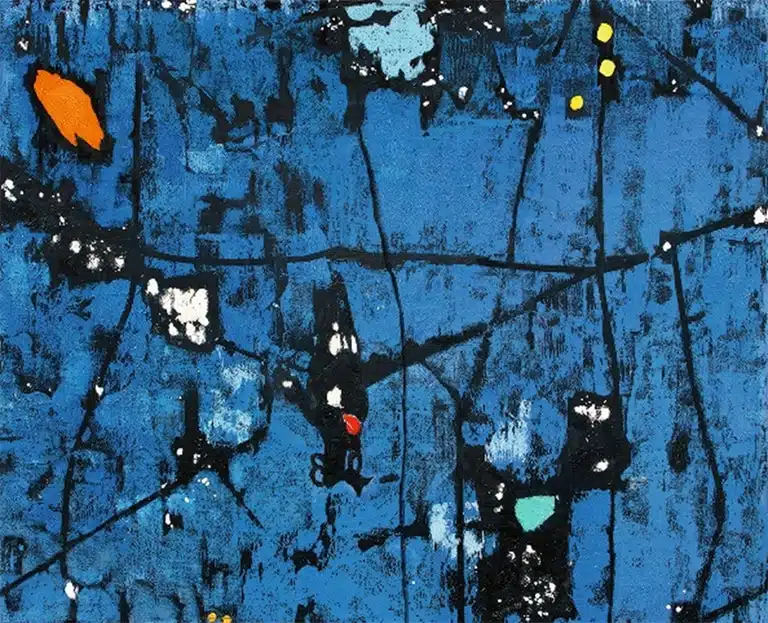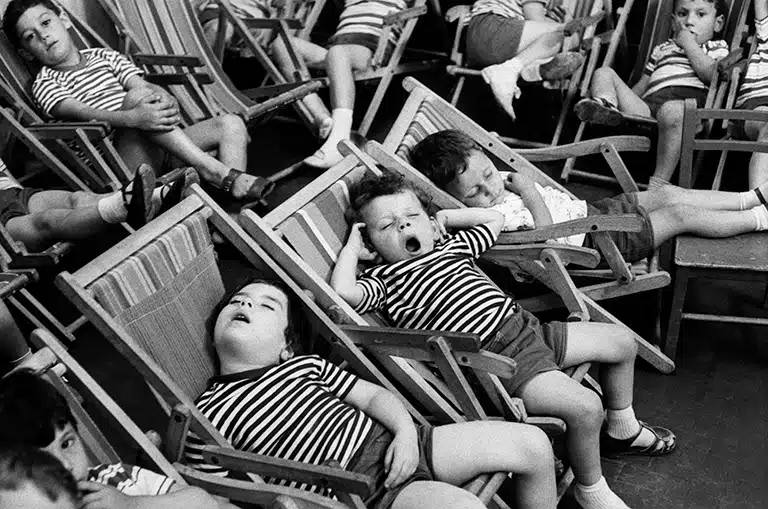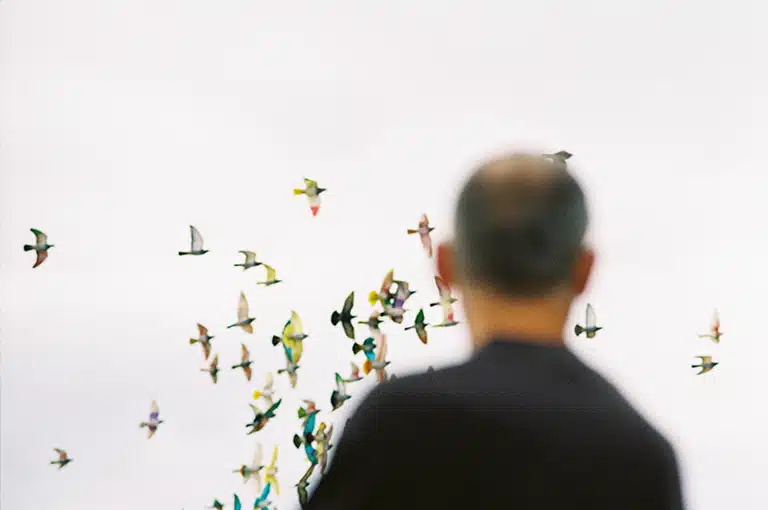Adam Fuss
JAN.27.2011 ──────── APR.17.2011

For Allegra, from the series My Ghost, 2009
Daguerreotype
Collection of Richard Edwards, Aspen, Colorado
© Adam Fuss
Exhibition
JAN.27.2011 ── APR.17.2011
Location
Recoletos Exhibition Hall
Paseo Recoletos 23, 28004 Madrid
The exhibition
The exhibition allowed us to admire the continuous experience of the artist in each of his pieces, a body of sometimes fantastic and often inexplicable revelations: light, water, flowers, birds, rabbits and snakes populate images full of beauty and mystery.
Fuss’s work is deeply rooted in the study of photography pioneers such as William Henry Fox Talbot (1800-1877) and Louis Jacques Mandé Daguerre (1787-1851). Through his repeated experimentation with the photographic medium and its techniques –use of stenopeic black-and-white photographs, film frames and daguerreotypes– Fuss becomes one of those photographers who break through the barriers of conventional photography. His decision to use old methods in his work is not a plea against technology or even an evolution of Romantic thought. Instead, Fuss has researched what mediums best allow him to create what he is imagining. The result is a series of timeless images that represent the high point of his passions.
To Fuss, who does not use negatives, each photograph is a unique piece that conveys a feeling of reality, allowing the viewer to experience what he or she is seeing. Fuss is an anti-photographer photographer who inspires in the viewer a powerful sense of being alive.
The exhibition included his main series Love, 1992-1993, and My Ghost, 2000, and also introduced his at the time more recent creations Home and the World, 2010. The exhibition sought not only to include the pieces the artist considers some of his best work. As a whole, it also recreated the atmosphere of a sacred place where an opportunity is given for dialogue between the work and the observer.
![Henry Moret L’Attente du retour des pêcheurs [Esperando el regreso de los pescadores], 1894](/media/arte-cultura/exposiciones/paul-durand-ruel-moret-1194x.jpg)



